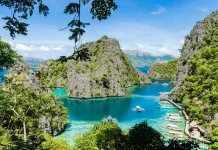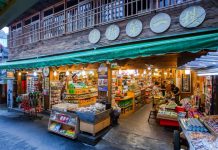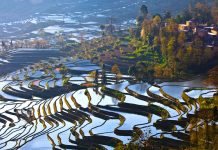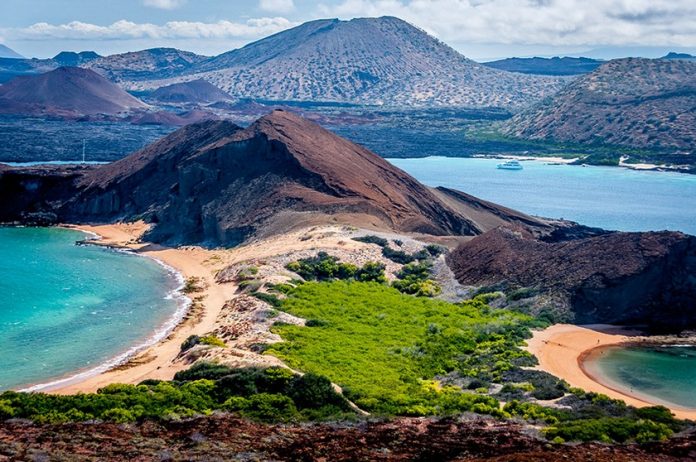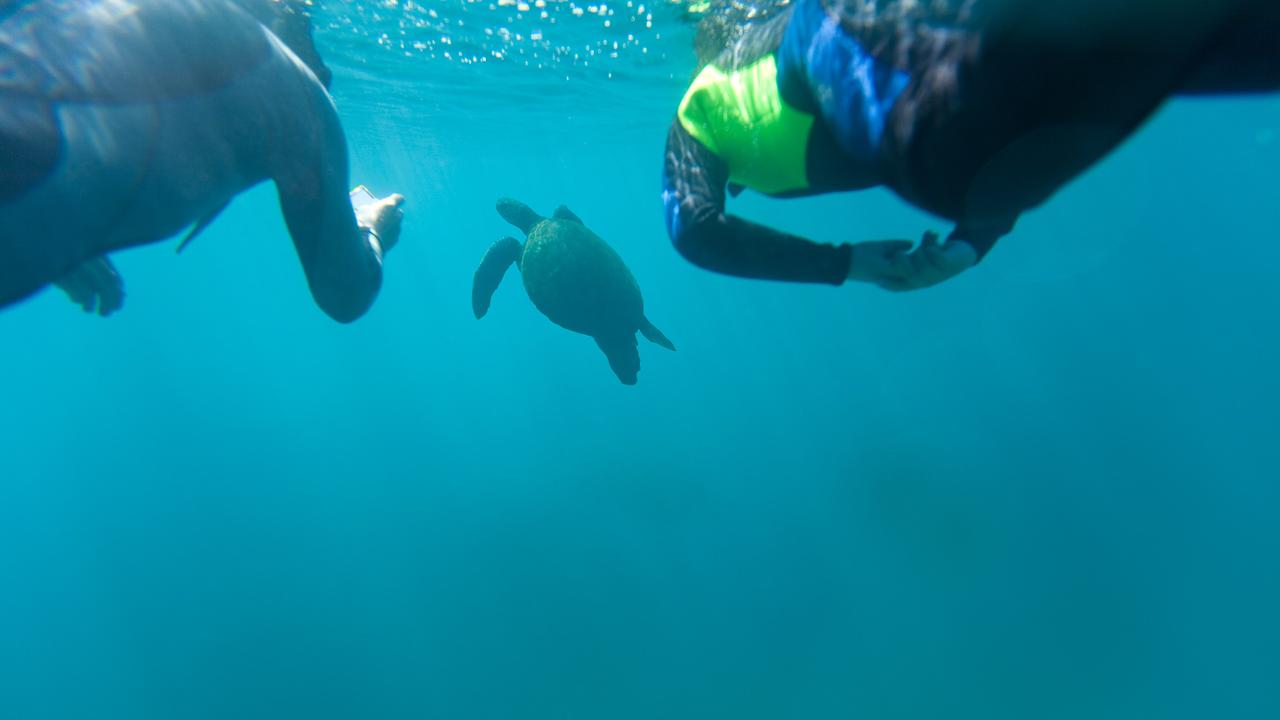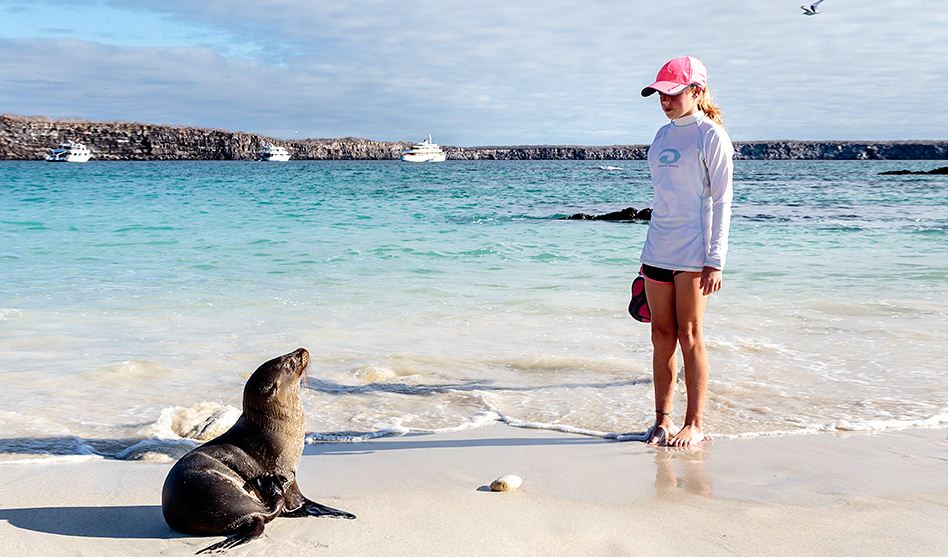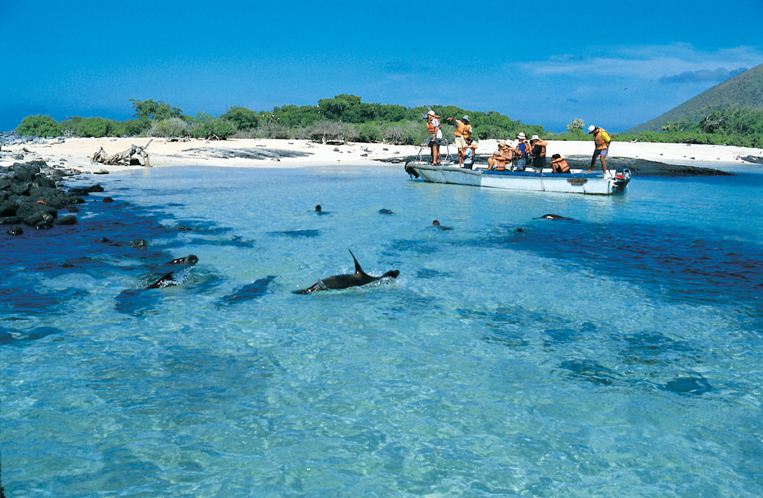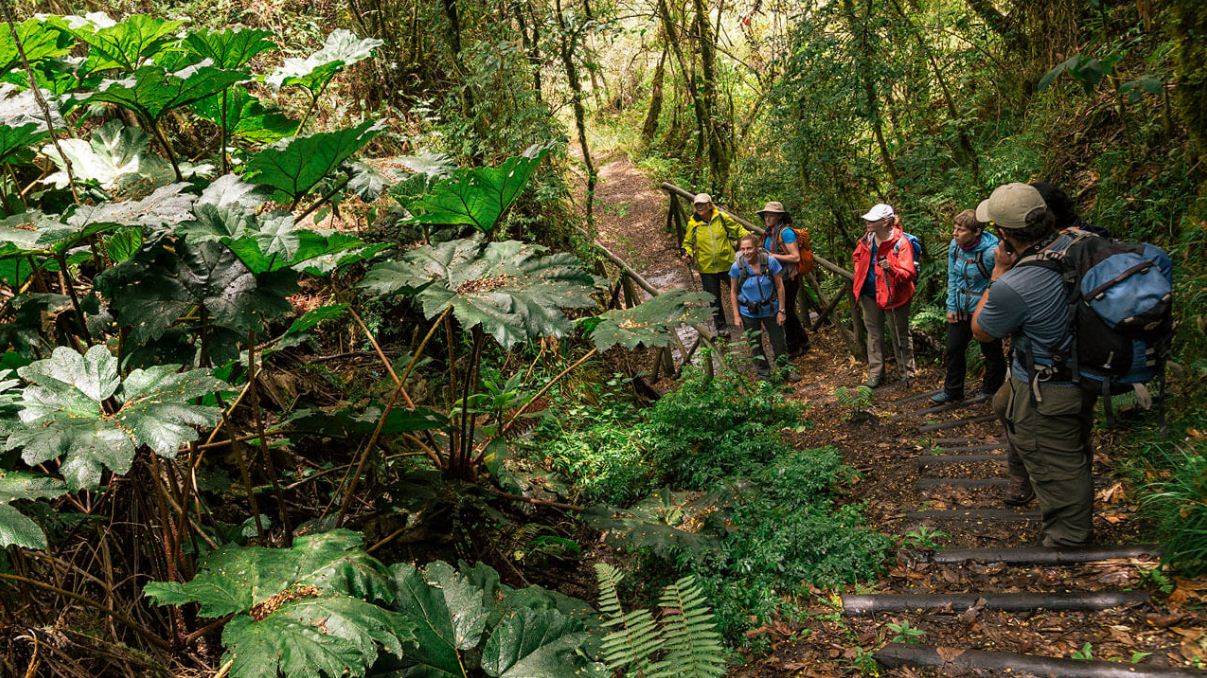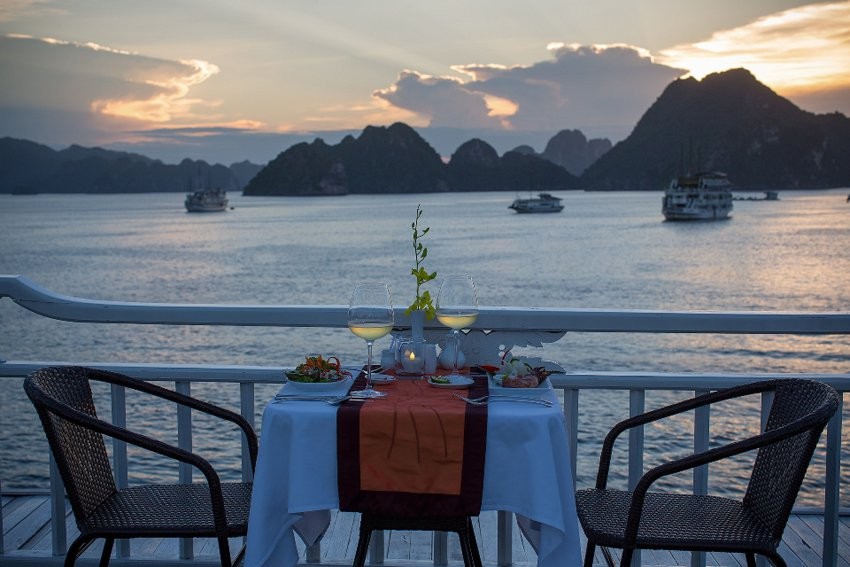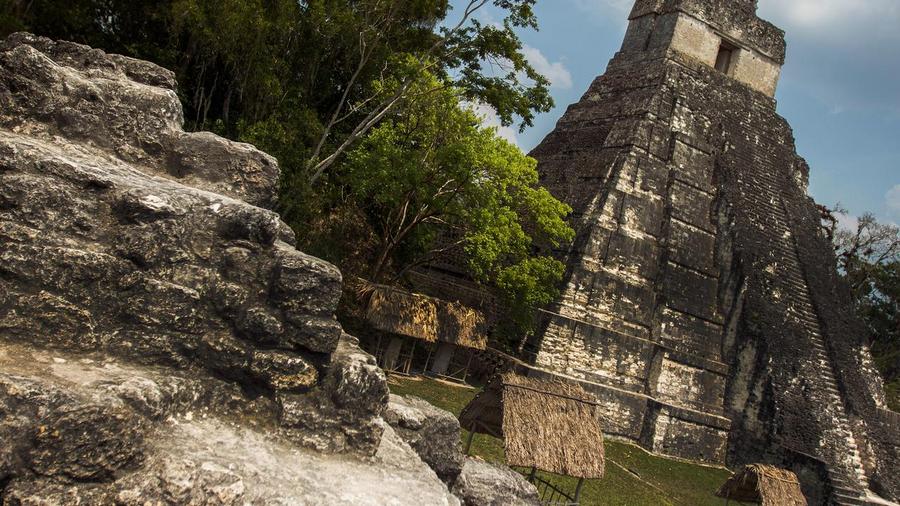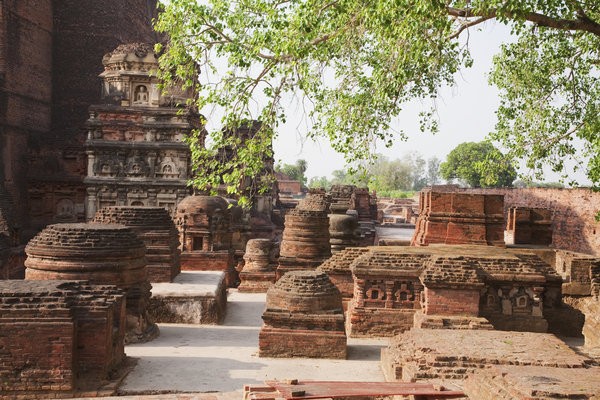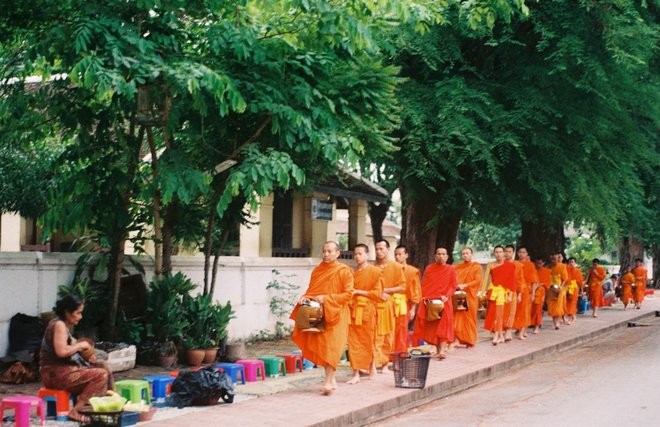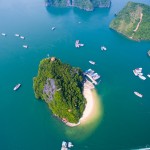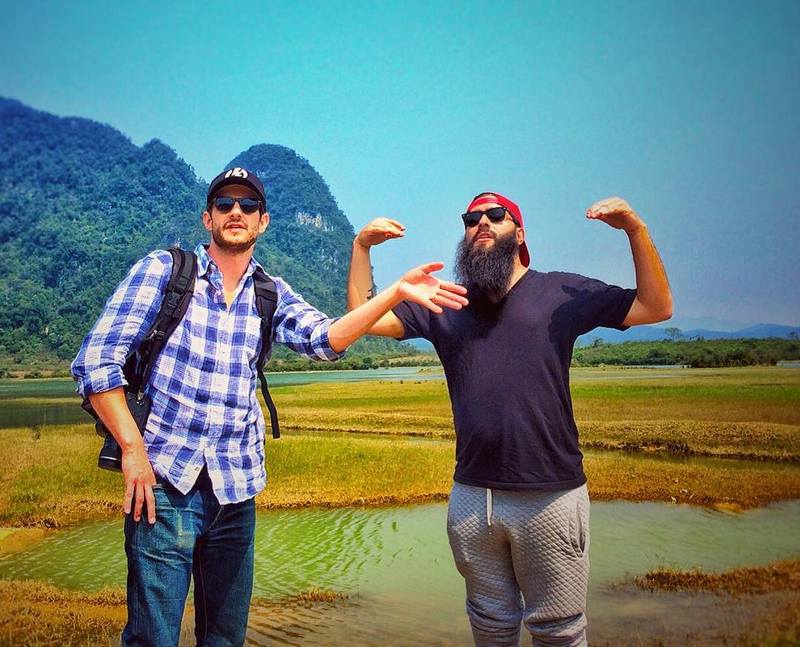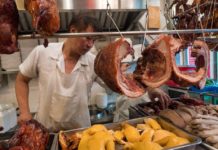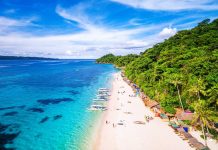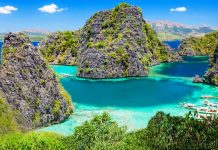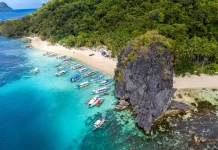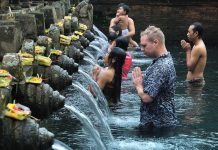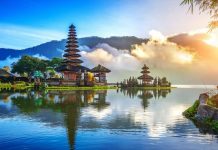It’s no secret that the Galápagos Islands are the place to go to experience unparalleled wildlife viewing, but there’s more to meet the eye in this seemingly isolated archipelago than Blue-footed boobies, as adorably awkward as they are. Read on for some lesser-known bits of trivia guaranteed to impress even the savviest of travellers. Here we go!
- El nido vs Coron Palawan — Comparison between Coron and El Nido, Philippines
- Penang travel tips — Some best tips for traveling and dining in Penang Island, Malaysia
- Best areas to stay in Penang — Top 5 best places to stay in Penang for the first-timers
- Pattaya tourist attractions — Top 10 best places to visit in Pattaya
- Penang itinerary — How to spend 3 days in Penang?
1. They are one of the first UNESCO World Heritage sites
The first World Heritage nominating convention took place in 1978. During that convention there were 12 properties placed on the inaugural list of World Heritage sites. One of the 12 was the Galápagos Islands. According to the numbering convention used by UNESCO, the Galápagos Islands are No. 2, while Quito, Ecuador is No. 1.
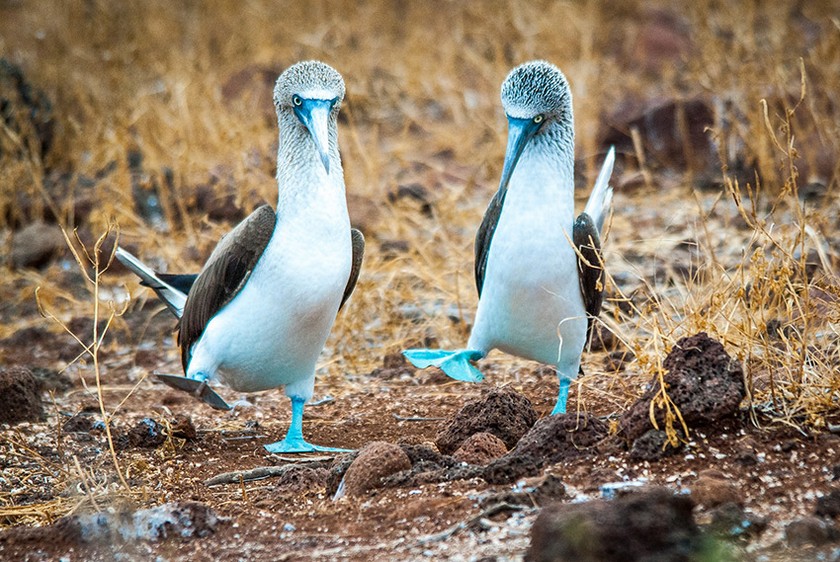
2. They are home to the world’s northernmost penguins
There are 17 species of penguin in the world and all of them live in the southern hemisphere.
All except the Galápagos penguin, which as you would suspect, lives in the Galápagos Islands. The Galápagos, however, actually straddle the equator. While most of the land mass is south of the equator, a small part of the island of Isabela, and a few other islands, technically lies in the Northern Hemisphere. This means that there are a tiny number of penguins that technically make it to the Northern Hemisphere, making them the northernmost penguins in the world. They barely get more than one degree north of the equator, but they are nonetheless in the “north.”
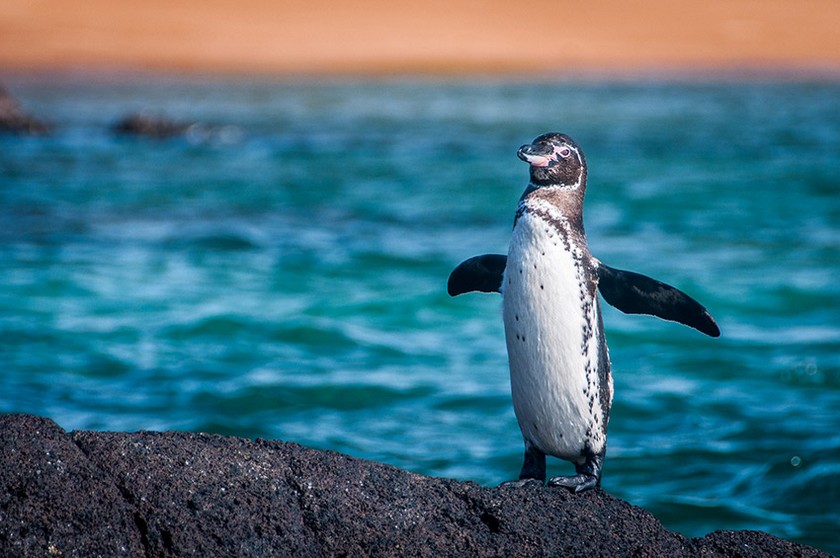
3. They were the inspiration for Charles Darwin’s other theory
It’s likely you’ve heard about a little thing called the Theory of Evolution by Natural Selection, which Charles Darwin developed during his time in the Galápagos Islands.
However, you may not be aware that the Galápagos was where he got the inspiration for his other groundbreaking theory, The Structure and Distribution of Coral Reefs, which postulated how atolls are formed. It reshaped how people thought about the world.
Darwin wasn’t just a biologist, he was also one of the top geologists of the age, and investigating coral atolls was one of the primary objectives of the journey. How coral — which grows in shallow water — existed in the deep ocean was one of the great geologic questions of the 19th century.
The theory holds that coral atolls are the result of volcanic mountains that have sunk. During the process of sinking coral grows in the shallow water around the island and over time the volcano is totally submerged but the coral ring remains. You can see evidence of this all over the Pacific, especially in island chains like Hawaii. The youngest islands are the largest (such as the Big Island) and as you keep going out, the islands get older and smaller, until they eventually become coral atolls.
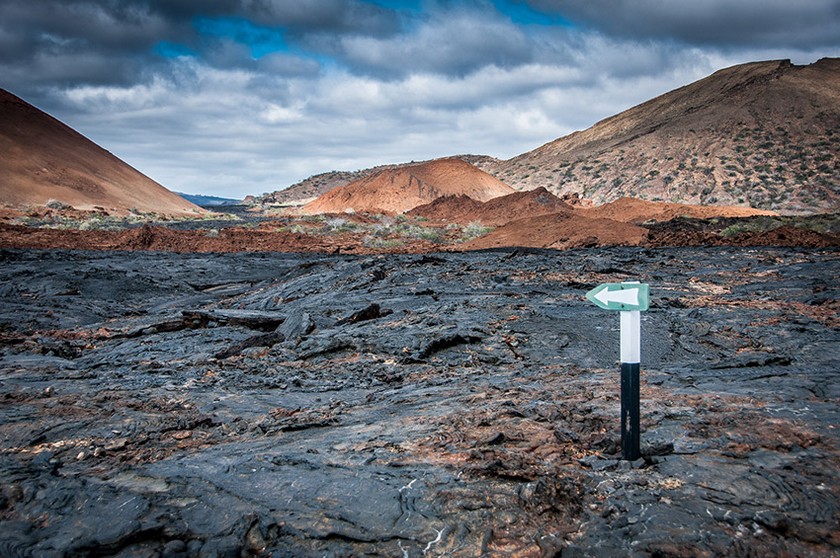
4. They never had a native human population
The first known case of humans setting foot on the Galápagos occurred in 1535 when Bishop Fray Tomás de Berlanga from Panama accidentally landed there en route to Peru. Despite its 16th century discovery, there were no permanent human settlers for hundreds of years. It was primarily used as a base for sailors in need of fresh food and water.
The first semi-permanent resident was Irishman Patrick Watkins who was marooned on Floreana Island from 1807–1809. The first true residents didn’t arrive until Ecuador took control of the archipelago in 1832. Today the islands have a permanent population of more than 25,000 residents.
This historical lack of people is the reason why most of the animals on the islands have no fear of humans.
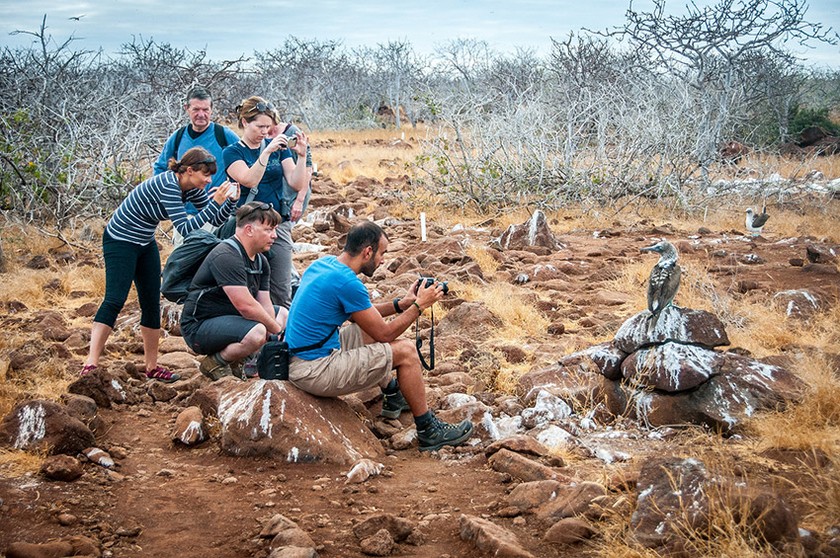
5. They saw no air traffic until the Second World War
Prior to the Second World War, there was no runway on the islands for airplanes to land. During the war, the United States established an air base on the island of Baltra to help defend the Panama Canal from the Japanese. At the end of the war, the fortifications built by the Americans were given to the Ecuadorian government, and the airstrip became the basis for what is today the airport. Most of the 200,000 annual visitors to the Galápagos arrive on the runway that was originally created by the US military.

6. Master and Commander was the first feature film to be shot there
The 2003 film Master and Commander: The Far Side of the World was partially shot on location and was the first feature film that had permission to shoot in the Galápagos. While the production company worked with the national park, they were not granted exemptions to the park rules. They had to remain on trails and carry their gear by hand.
Other than documentaries, there have been no movies filmed in the Galápagos since.
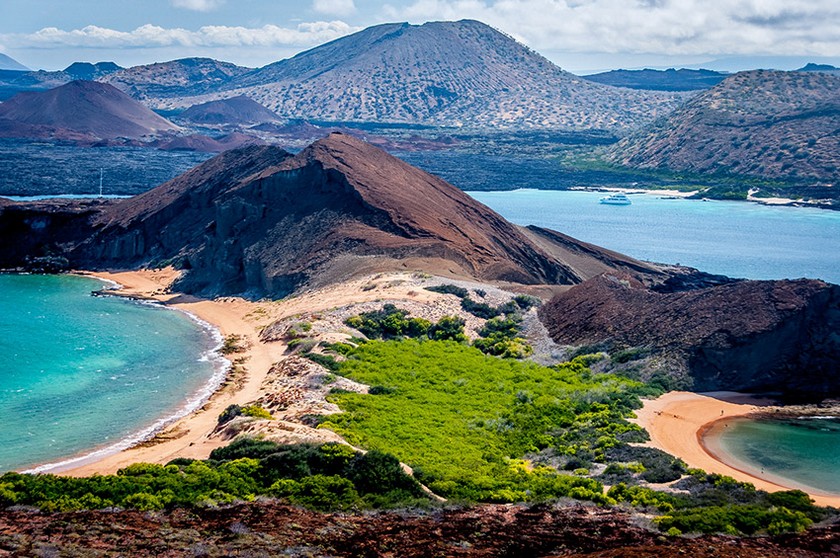
Further information
Weather and climate
While, like Darwin observed, the climate of the islands is hardly the tropical climate you would find in the Caribbean or South Pacific, the islands are not cold either, as average daytime temperatures in the lowlands usually reach at least 30°C (85°F). The average water temperature, however, is less than the 30°C needed to sustain the coral that surrounds many tropical islands. The islands have a varying climate marked by a scarcity of rain. The coastal areas are quite arid, covered with plants that have adapted to desert-like conditions, but lush vegetation grows in the highlands of the larger islands.
The Influence on Oceanography on Climate
The weather of the Galápagos Islands is influenced by three main ocean currents and, to a lesser extent, by four other ocean currents. Of the three major currents influencing the islands (Click here for map of currents), the Humboldt or Peru Current brings cold, nutrient-rich waters from Antarctica and Chile, the warm Panama Current is fed by the Northern Equatorial Countercurrent and provides the environmental environment for the development of tropical marine ecosystems, and Cromwell or Equatorial Undercurrent upon meeting the Galápagos platform upwells, especially off the coast of Fernandina and west Isabela, bringing deep waters, both cold and nutrient-rich, to the surface. Since the Galápagos islands are located at the intersection of these ocean currents the weather can change very quickly as s result of any change in the currents, and thus forecasting the weather in the islands is extremely difficult. The cold Humboldt and Cromwell currents cool the Galápagos Islands, and keep them from being the tropical islands one would expect to find at the equator.
The Seasons
There are two primary seasons in the Galápagos Islands, the wet season and the garúa, or dry season. The seasons are affected by the differences in the ocean currents, which are in turn effected by the differences in the trade winds. The seasonal difference in the islands is characterized more by a difference in precipitation and cloud cover than a difference in temperature, as the islands remain mild year-round.
The wet season, or hot season, lasts from December to May, when the Northeast Trade winds blow and the hot Panama Current prevails. During the wet season, there is usually plenty of sunshine and blue skies, the temperature of the islands increases, rainfall is abundant, and the average sea temperature in Academy Bay and the air temperature average 25°C (77°F). Even the abundant rainfall of the wet season comes in brief periods however, and it quickly drains through the porous volcanic soils. The water’s surface is heated, and when this warmer water touches the cold currents, convection occurs and causes increased precipitation. The clouds are also lower, less frequent, and cumulus clouds are much more common during the wet season.
The garúa season, or dry season, lasts from June to November, when the Southeast Trade winds are stronger, and as a result the Humboldt Current and Cromwell Undercurrent predominate. These currents bring with them cooler air, which creates an inversion layer which upsets the usual weather pattern associated with the tropics. The moisture that evaporates from the ocean is clustered in this inversion layer (300 to 600m above sea level) and thus only the higher parts of the islands, which are in this layer, receive rain, and as a result, the palo santo forests of the lowlands are leafless. Even within the highlands, the southern and eastern slopes receive more rain than the northern slopes. As a result of the dominant currents, the air and the ocean are both cooler than during the wet season, as the sea temperature in Academy Bay and the air temperature average 22°C (72°F). During the garúa season, a fine drizzle often falls, especially in the highlands, giving the name to the season, as garúa is the Spanish word for mist. The sunshine is also less intense than during the wet season, and cloudier skies are the norm. The highlands are almost always cloud covered during the garúa season. Ironically, the highlands usually receive more rainfall in during the dry season than they do during the wet season. Since the clouds are higher and the water and winds are cooler and thus there is no convection during the garúa season, there is less precipitation, and usually only the highlands have moisture.
Best time to visit Galapagos
There’s never a bad time to visit the Galápagos. The peak season lasts from mid-June through early September and from mid-December through mid-January. It’s almost impossible to find a last-minute deal at these times. The national park limits the number of visitors to each island and coordinates each ship’s itinerary, so the Galápagos will never feel like Disney World. But if you visit in the summer, you are less likely to feel a sense of solitude and isolation. Below is a brief summary of the seasons to help you decide what time of year is best for you.
The best time to visit the Galápagos Islands is from January to May. Though the Galápagos is beautiful year-round, these months offer temperatures ranging from the 70s to the mid-80s, making pleasant conditions for hiking and wildlife-spotting. And though this season experiences frequent (but short) showers, the sun shines brightly on most days. Between June and November, the Humboldt Current, a current that runs north-westward along South America’s west coast, ushers in cooler temperatures and nutrient-rich water that attracts rare fish and birds. Albatrosses and penguins are just some of the species you’ll spot at this time of year. Avoid visiting between mid-December and mid-January — as well as June and August — when you’ll compete with heavy peak-season tourist crowds. Also keep in mind that the government limits the number of travelers on the island at any given time, so you’ll need to book several months in advance to secure a spot.
January – May
Though scattered showers are common at this time of year, plenty of sunshine and temperatures in the 70s and 80s make this an ideal time for wildlife-watching. From March to April, you may even spot baby sea lions crowding the shores. If you’re prone to seasickness, you may want to consider visiting between February and April, when the seas are calmest. This time of year also sees the eruption of springtime blooms that drape the islands in radiant colors.
June – December
With the Humboldt Current bringing with it cooler temperatures, cooler air and a myriad of underwater species attracted to rich oceanic nutrients, this season is the best for snorkeling and scuba diving. And from June to November, wildlife-enthusiasts crowd sandy shores with their eyes peeled for a blue-footed booby performing its mating dance. December welcomes frequent cloud cover, but showers are rare. Because this is such a popular time to visit, you’ll need to book your trip several months ahead of time.


